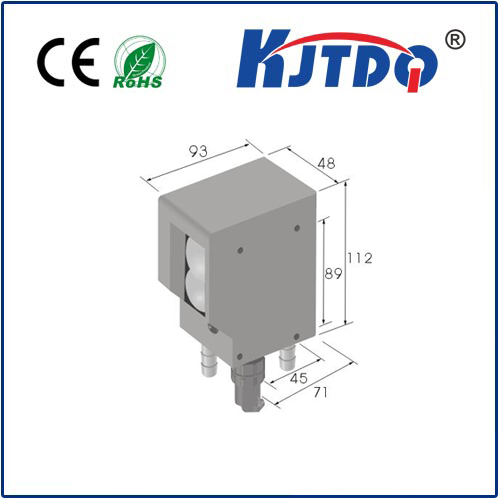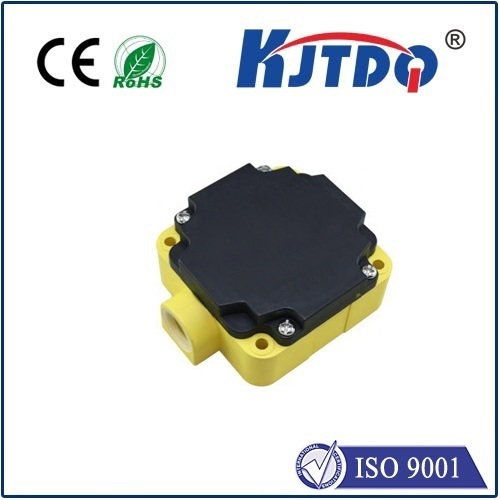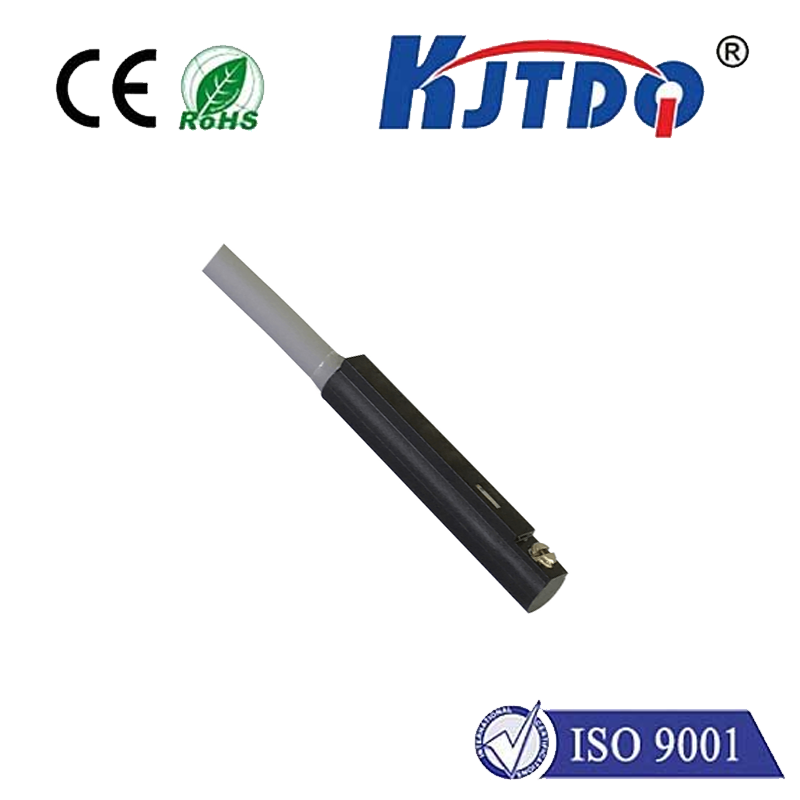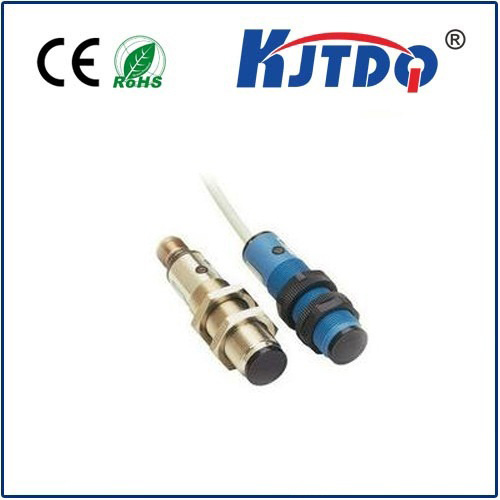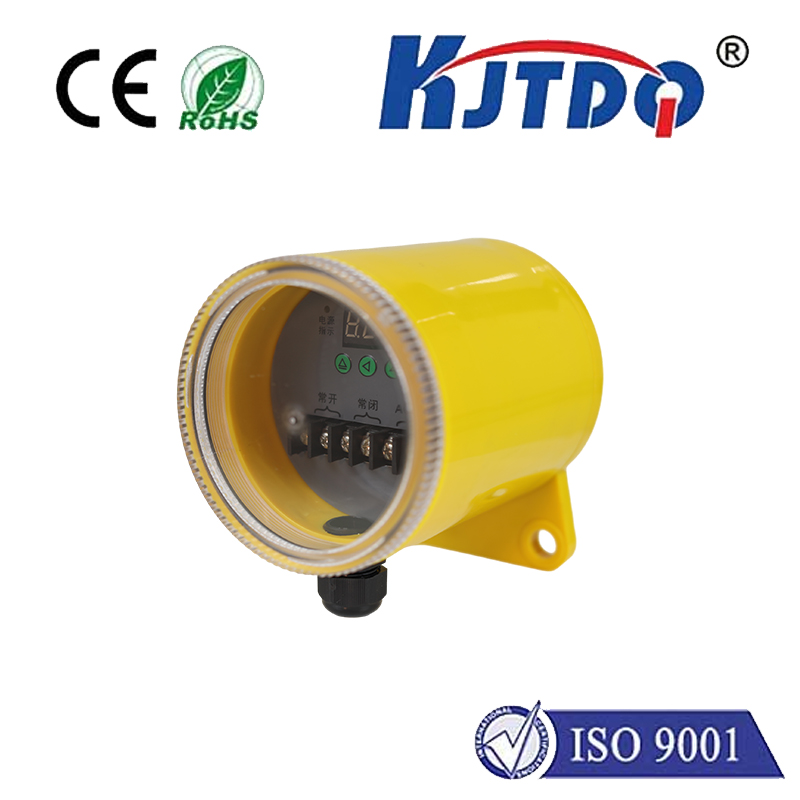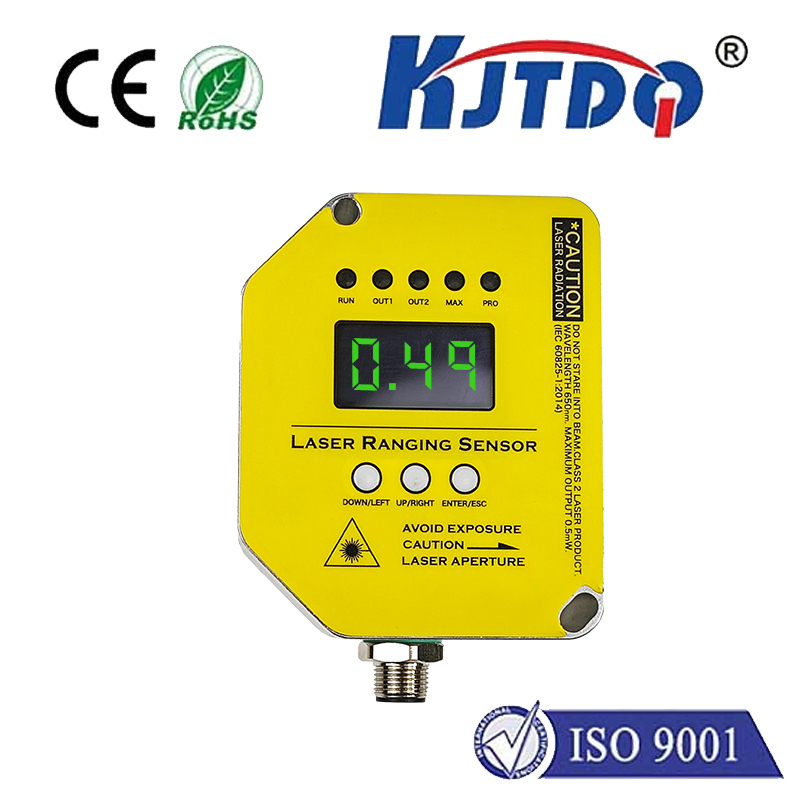
check

check

check

check
Long Distance Photoelectric Sensor: Revolutionizing Industrial Automation
In the realm of industrial automation, the ability to accurately detect and measure objects at a long distance is crucial for enhancing productivity and efficiency. This is where long distance photoelectric sensors come into play, revolutionizing the way industrial processes are monitored and controlled.
Photoelectric sensors operate on the principle of converting light energy into electrical signals. They consist of an emitter and a receiver, separated by a specific distance. The emitter sends out a beam of light that is then received by the receiver. When an object interrupts this beam of light, it triggers an output signal that can be used for various applications such as counting, positioning, level sensing, and more.

Long distance photoelectric sensors are designed to detect objects at extended ranges, typically up to several meters or even beyond. This makes them ideal for applications in manufacturing, logistics, transportation, and other industries where monitoring large areas or detecting objects from afar is necessary.
One of the key benefits of long distance photoelectric sensors is their non-contact nature. Unlike traditional mechanical switches or contact sensors, these devices do not require physical contact with the object being detected. This reduces wear and tear on both the sensor and the object, extending the lifespan of both and reducing maintenance costs. Additionally, it allows for the detection of small, lightweight, or fragile objects without causing damage or altering their position.
Another advantage of long distance photoelectric sensors is their flexibility in terms of installation and configuration. They can be mounted on walls, ceilings, or other surfaces, and their sensitivity can be adjusted to suit the specific application requirements. This adaptability makes them suitable for a wide range of environments and scenarios.
In addition to their technical features, long distance photoelectric sensors also offer significant benefits in terms of safety and reliability. By providing accurate detection over long distances, they help prevent accidents and injuries caused by human error or mechanical failure. Moreover, since they rely on optical technology rather than mechanical components, they are less prone to breakdowns and require minimal maintenance.
Long distance photoelectric sensors have become an integral part of modern industrial automation systems. Their ability to accurately detect objects at extended ranges has opened up new possibilities for process optimization, cost reduction, and improved safety standards. As technology continues to advance, we can expect further innovations in this field that will further enhance the capabilities of long distance photoelectric sensors and contribute to the growth of industrial automation.
In conclusion, long distance photoelectric sensors have revolutionized industrial automation by providing accurate detection over extended ranges. With their non-contact nature, flexibility, and reliability, these devices have proven invaluable in numerous industries worldwide. As we look towards the future of industrial automation, long distance photoelectric sensors will undoubtedly continue to play a vital role in shaping how we monitor and control complex processes.
